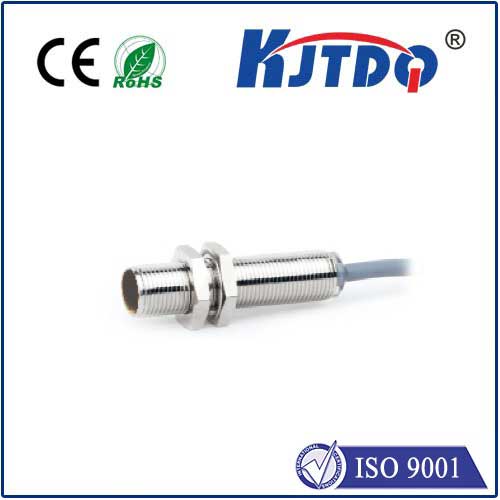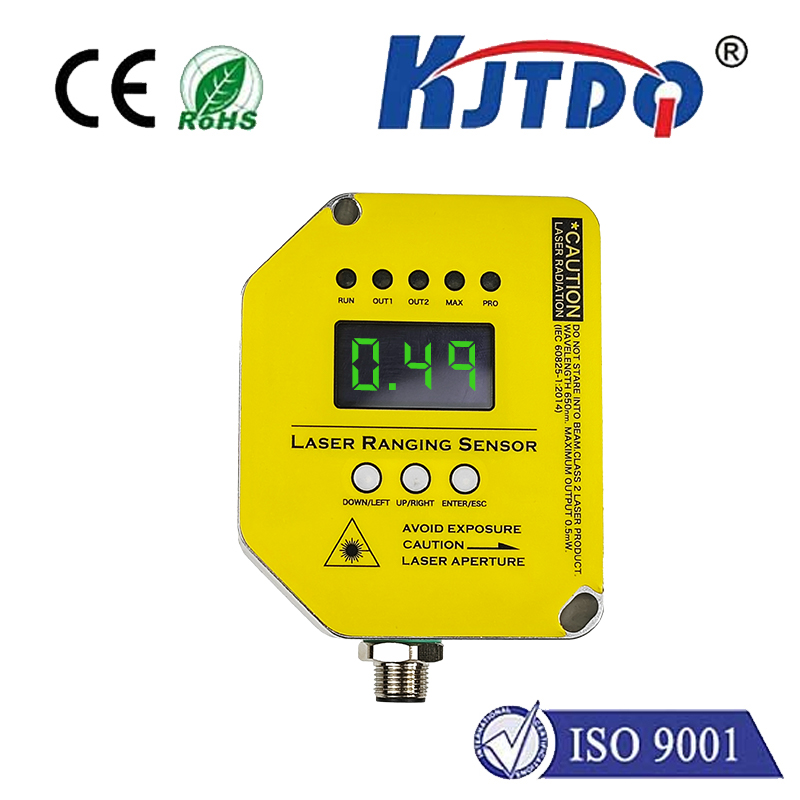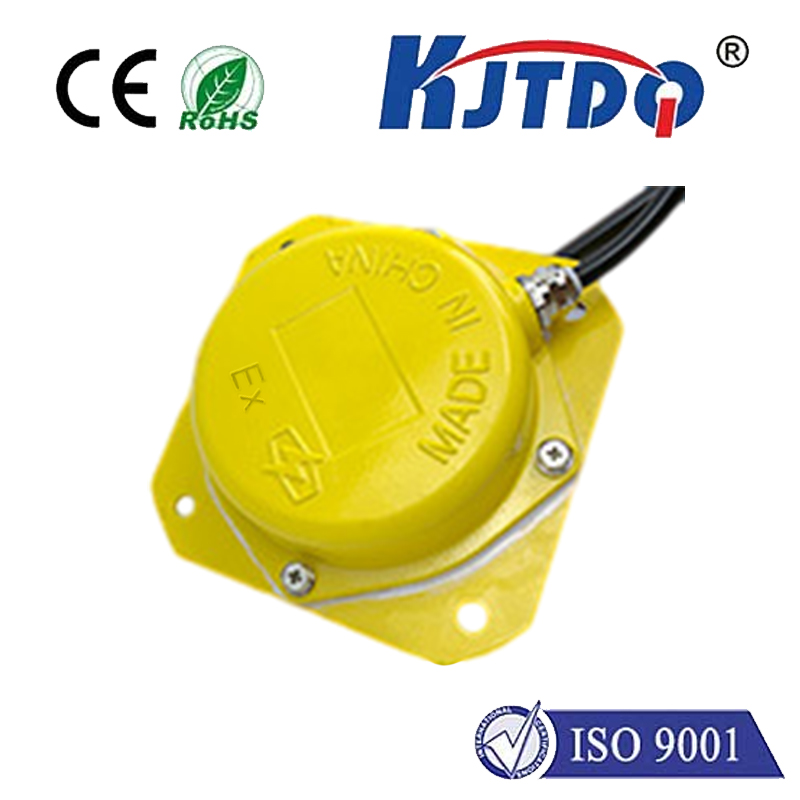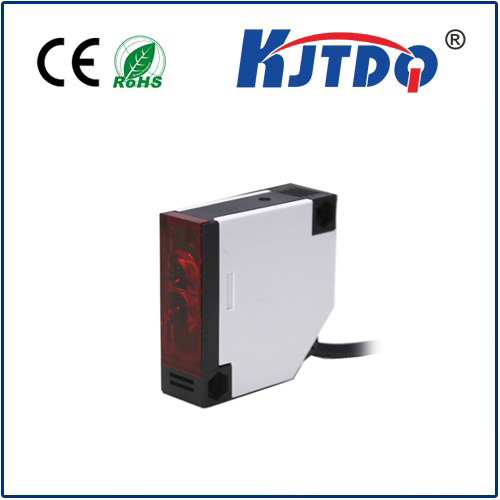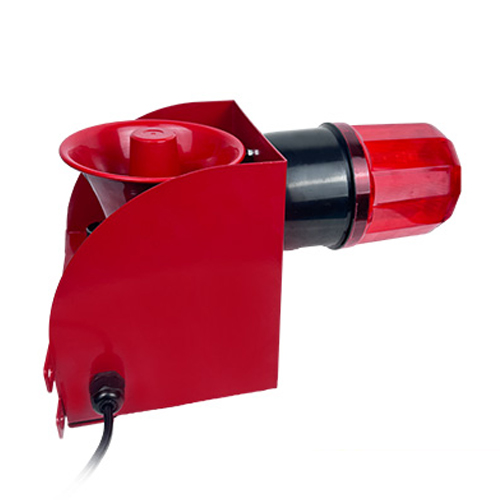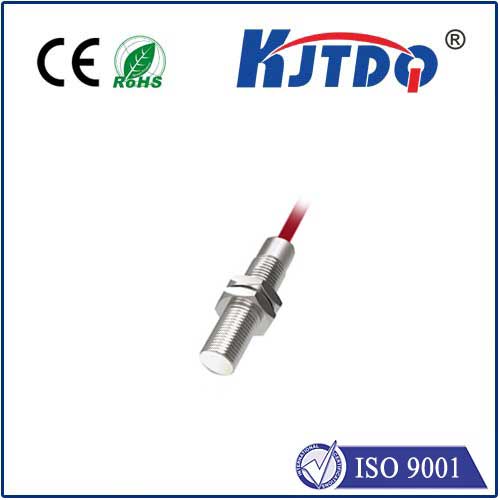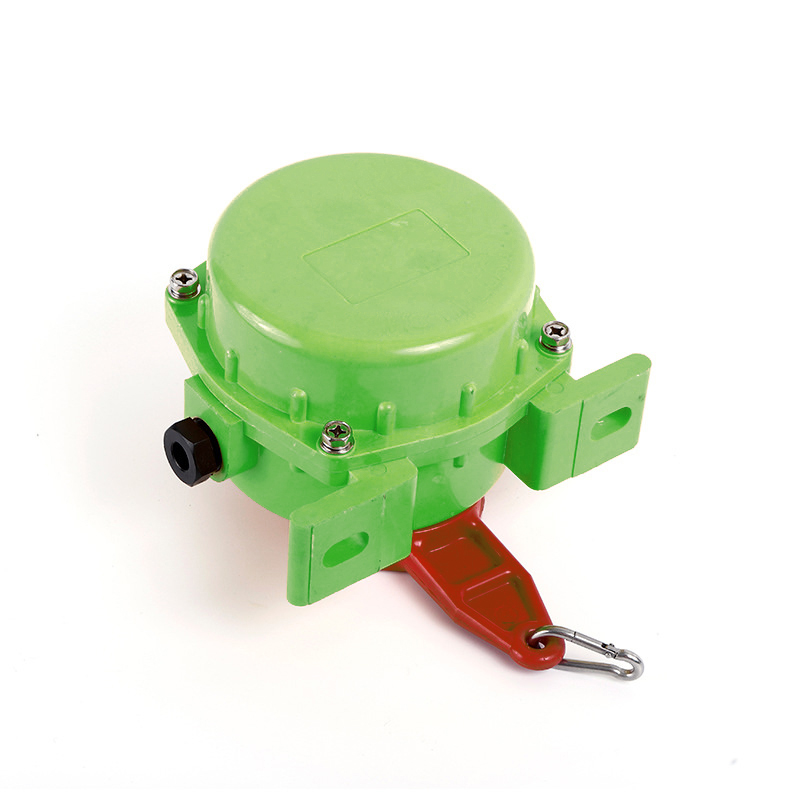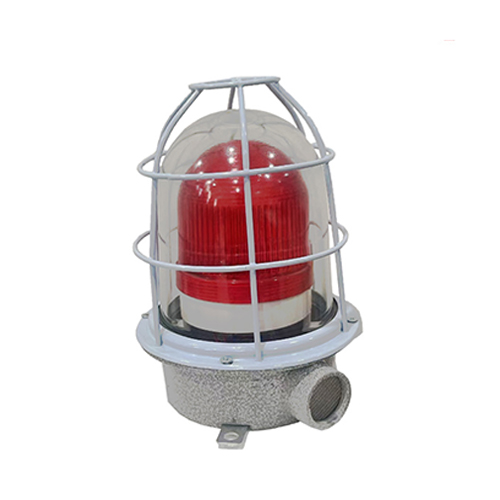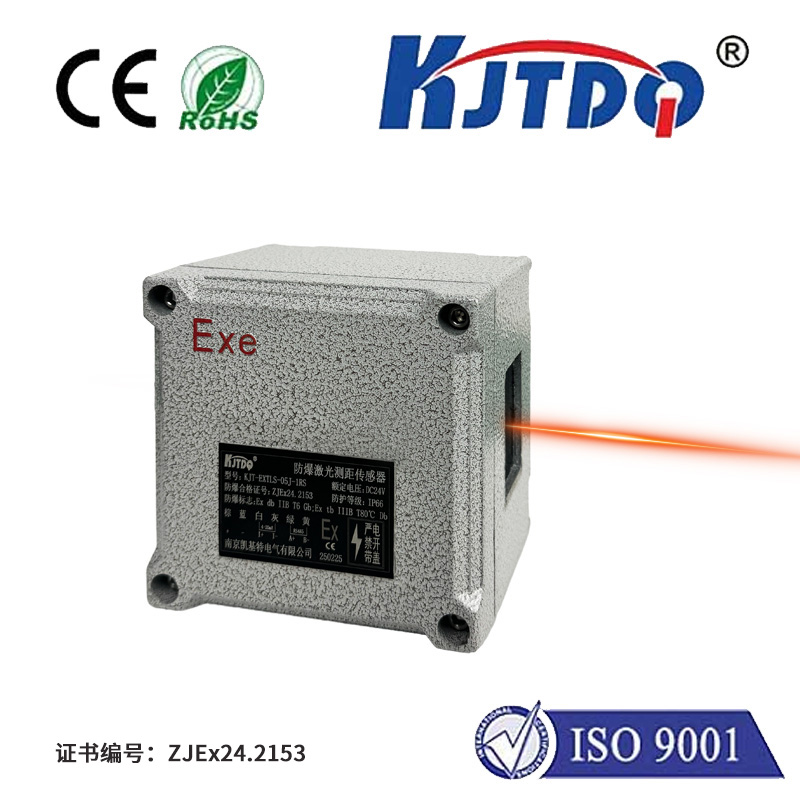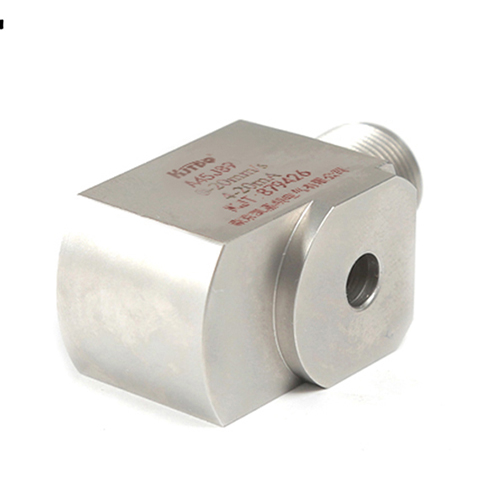

check

check

check

check

check

check

check

check

check

check
The Magic of Reed Proximity Sensors: Unveiling Their Role in Modern Automation
Imagine walking into a smart home where lights flicker on as you approach, or driving through a parking garage where barriers lift without a single touch. This seamless interaction isn’t magic—it’s the work of reed proximity sensors, those unassuming heroes quietly powering countless everyday conveniences. In a world increasingly driven by automation, these compact devices offer a blend of simplicity and reliability that fuels innovations from industrial machinery to wearable tech. If you’ve ever wondered how objects “know” you’re near without physical contact, you’re about to dive into the fascinating realm of reed proximity sensors. This guide unravels their workings, explores real-world applications, and highlights why they remain indispensable in our tech-centric era—let’s embark on this journey to demystify the sensor that bridges the gap between motion and response.

At its core, a reed proximity sensor is a specialized device designed to detect the presence or approach of an object, typically using magnetic fields to trigger responses without direct physical interaction. Unlike bulkier alternatives, it relies on a reed switch, a simple yet ingenious component comprising two thin, ferromagnetic metal reeds enclosed in a glass tube. When a magnet moves close to the sensor, the magnetic field causes these reeds to flex and make contact, completing an electrical circuit. This action signals proximity—essentially, the sensor “sees” the magnet’s approach and sends a signal to control systems. What makes reed proximity sensors stand out is their zero-power operation in passive states; they only consume energy when activated, making them ultra-efficient for battery-dependent setups like IoT devices. This fundamental design, dating back to the 1930s, has evolved to handle modern demands, with variations including latching types for sustained detection or shielded models to resist external interference.
The mechanics of how a reed proximity sensor functions are elegantly straightforward, rooted in electromagnetic principles that ensure quick, fail-safe responses. As the target object—often embedded with a magnet—draws near, the sensor’s internal reeds align magnetically, snapping together to close the circuit. This instantaneous switching happens within milliseconds, allowing for real-time detection in high-speed environments such as conveyor belts or robotic arms. Key factors influencing performance include the sensing distance (typically ranging from a few millimeters to 20mm, depending on magnet strength and sensor sensitivity) and environmental resilience. For instance, reed proximity sensors excel in harsh conditions like dusty factories or wet outdoor settings because their sealed glass enclosures shield against contaminants and moisture. Compare this to optical sensors, which can falter in foggy air, or capacitive types prone to false triggers from humidity—reed sensors offer unmatched reliability under duress. Plus, their low cost and minimal maintenance needs—often lasting over a billion operations without wear—make them a go-to choice for cost-effective automation solutions. As one engineer puts it, “They’re the silent workhorses that keep systems humming without a fuss.”
Why does this matter in practical terms? Reed proximity sensors find applications across diverse sectors, seamlessly integrating into systems that demand precision and durability. In industrial automation, they monitor machine positions, ensuring robotic arms halt before collisions or assembly lines adjust for product flow. Automotives leverage them for features like automatic trunk releases or seatbelt alerts, where the sensor detects a person’s proximity to activate safety mechanisms. Moving to consumer tech, wearable fitness trackers often incorporate reed proximity sensors to wake screens when brought near a wrist, conserving battery life through proximity detection. Even in medical devices, they play crucial roles—think hearing aids that mute when near phones or MRI machines using them for component alignment. The versatility extends to smart homes, where reed proximity sensors enable touchless faucets or door locks, enhancing accessibility and hygiene. Their non-contact nature is a game-changer; imagine no wear-and-tear from constant physical switches in high-traffic areas. Despite advances in digital alternatives like Hall-effect sensors, reed types hold an edge in simplicity and analog compatibility, proving that sometimes, the oldest tricks in the book remain the smartest.
Of course, no technology is without trade-offs, and understanding the advantages and limitations of reed proximity sensors helps in making informed choices. On the plus side, their energy efficiency shines in low-power scenarios, reducing operational costs and environmental footprints—a key selling point for green tech initiatives. They’re also highly immune to electrical noise, performing reliably near motors or wireless devices where other sensors might glitch. However, limitations include a dependency on magnets; if the target object isn’t magnetized, additional components are needed, increasing complexity. Sensing range can be restrictive compared to ultrasonic or infrared sensors, making reed proximity sensors less ideal for long-distance applications. Yet, innovations like programmable sensitivity or hybrid designs—combining reed switches with digital outputs—are bridging these gaps. For cost-conscious projects, they often deliver the best bang for the buck, with units priced as low as a few dollars, democratizing automation for startups and hobbyists alike. When selecting a reed proximity sensor, consider factors like mounting style (e.g., surface-mount for PCBs or threaded housings for industrial gear) and certification needs, such as IP ratings for dust and water resistance. This ensures seamless integration, whether you’re retrofitting an old factory line or building the next smart city sensor network.
In essence, reed proximity sensors embody the elegance of simplicity in a complex world. From enabling safer workplaces to creating intuitive user experiences, they unlock potential across industries while emphasizing sustainability through low power demands. As automation accelerates—with estimates of billions of new sensors deployed by 2030—reed technology continues to evolve, proving that even the humblest components can drive monumental change. Embracing them means tapping into a legacy of innovation that’s both timeless and transformative.
